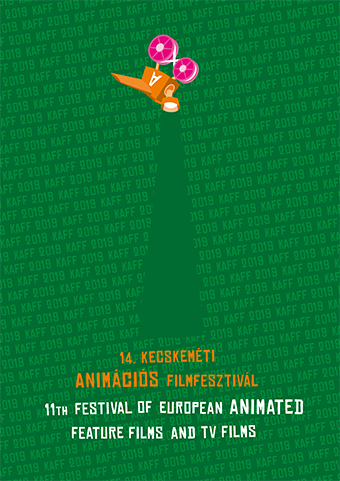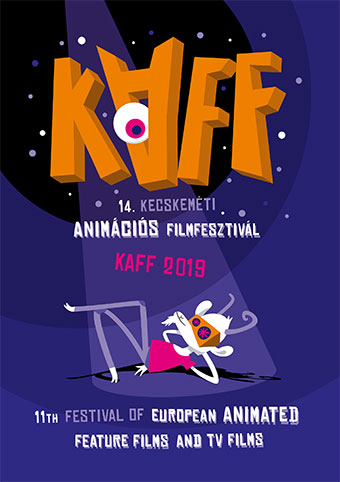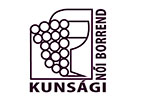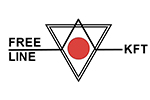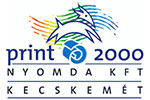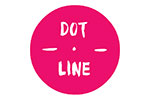Animation in Africa
The longstanding tradition of African animation dates back to 1935 in Egypt with the Frenkel brothers' cartoons featuring the Walt Disney-inspired character of Mish-Mish Effendi. However, the first animations in Sub-Saharan Africa were not produced until the early 1960s, when Nigerien director Moustapha Alassane created his first short films (e.g. Have a Nice Trip, Sim!, 1966).
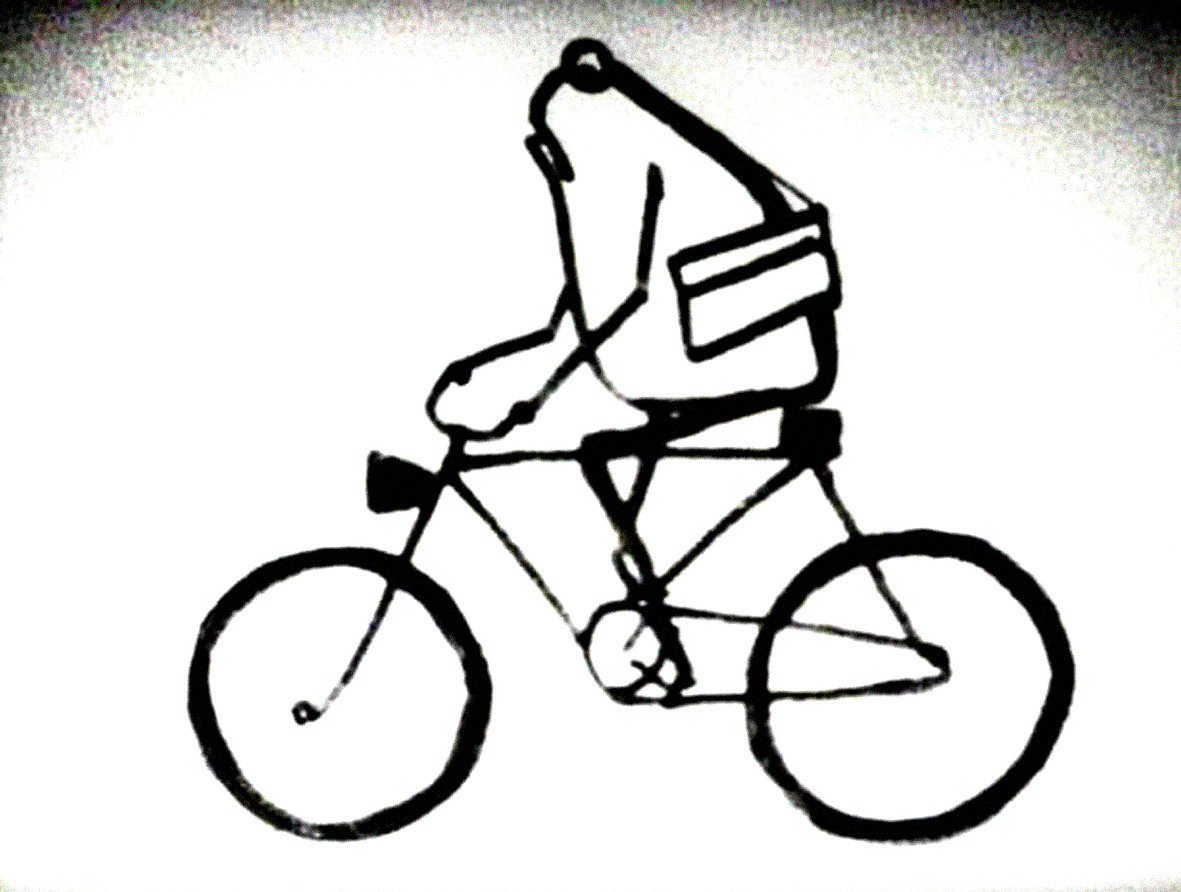 |
| Moustapha Alassane: Have a Nice Trip, Sim! |
There always have been a scarcity of funding for animation in the continent, and it often prompts storytellers to work on short fiction or animated documentaries that are more likely to get support. Technological innovation has definitely shaped techniques, such as Alassane's animated puppets (Kokoa, 1985), the use of "post-production effects" in e.g. Kenneth Coker's 2D animations, such as Oni Ise Owo (2008), but there is no predominant technique that could be regarded as 'African'. It should also be noted that the traditional drawn animation and the various types of computer animations that have emerged in the 2000s are not mutually exclusive.
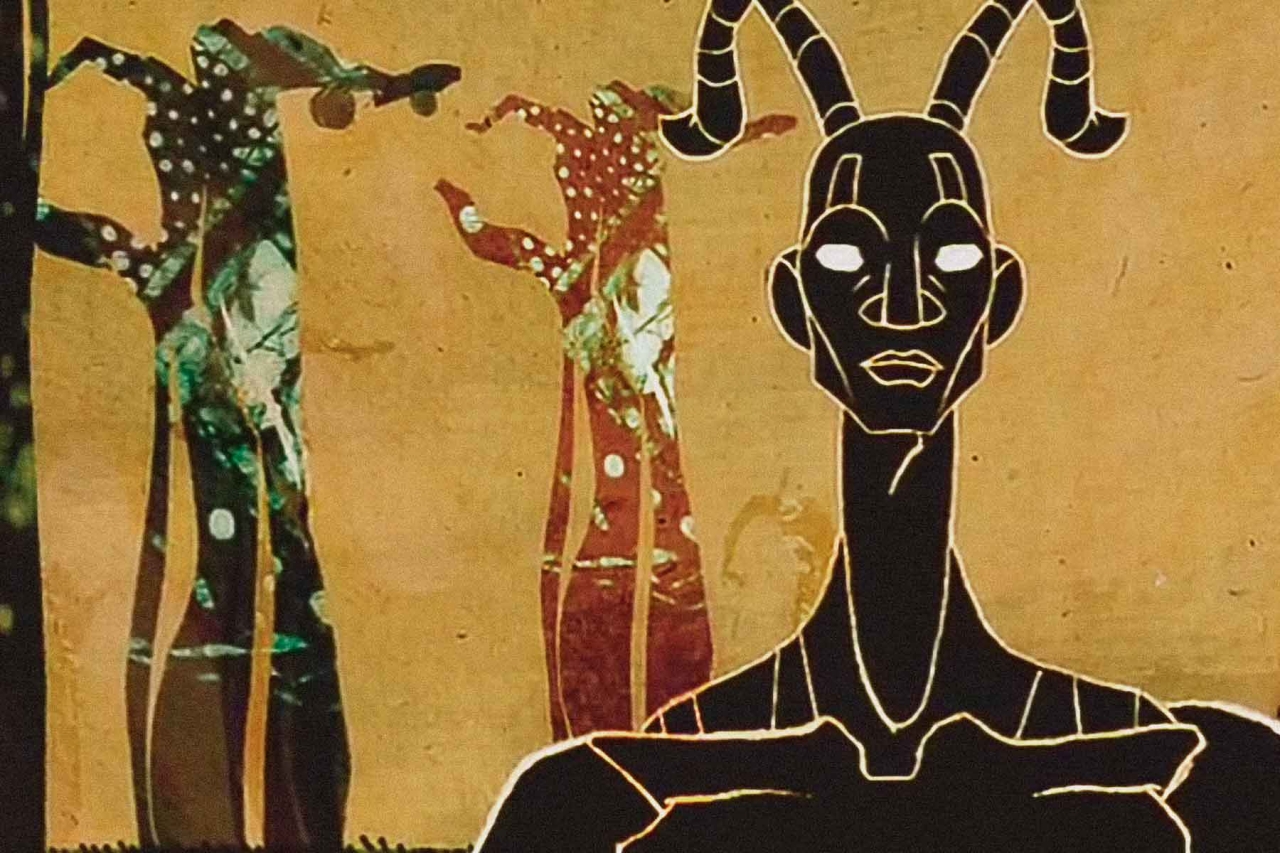 |
| Kenneth Coker: Oni Ise Owo |
Themes and aesthetic expressions are diverse, reflecting the different iterations of 'local' through African settings, stories, and perspectives. Filmmakers often portray the city as a site of sociopolitical transformation. A return to a forgotten rural culture and identity often examines the past through the use of tales, legends, oral history and mythologies.
In African animation, the visuals, narrative structure, and settings highlight a cinematic practice that blends African storytelling and the appropriation of new technological innovation in animation.
Dr. Mohamed Ghazala
animation professor,
vice president of ASIFA, president of ASIFA Egypt



